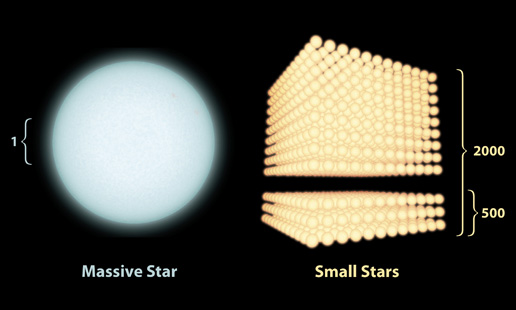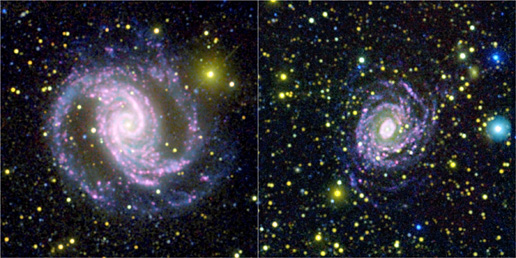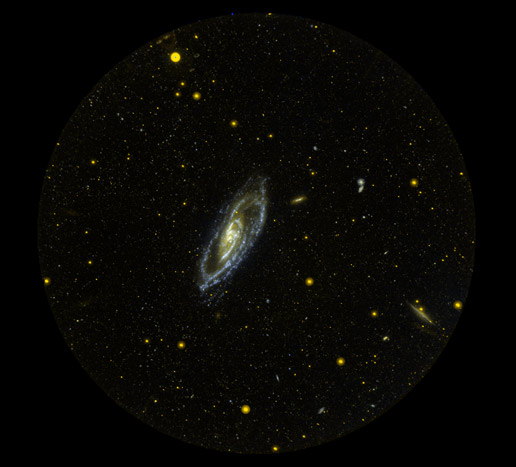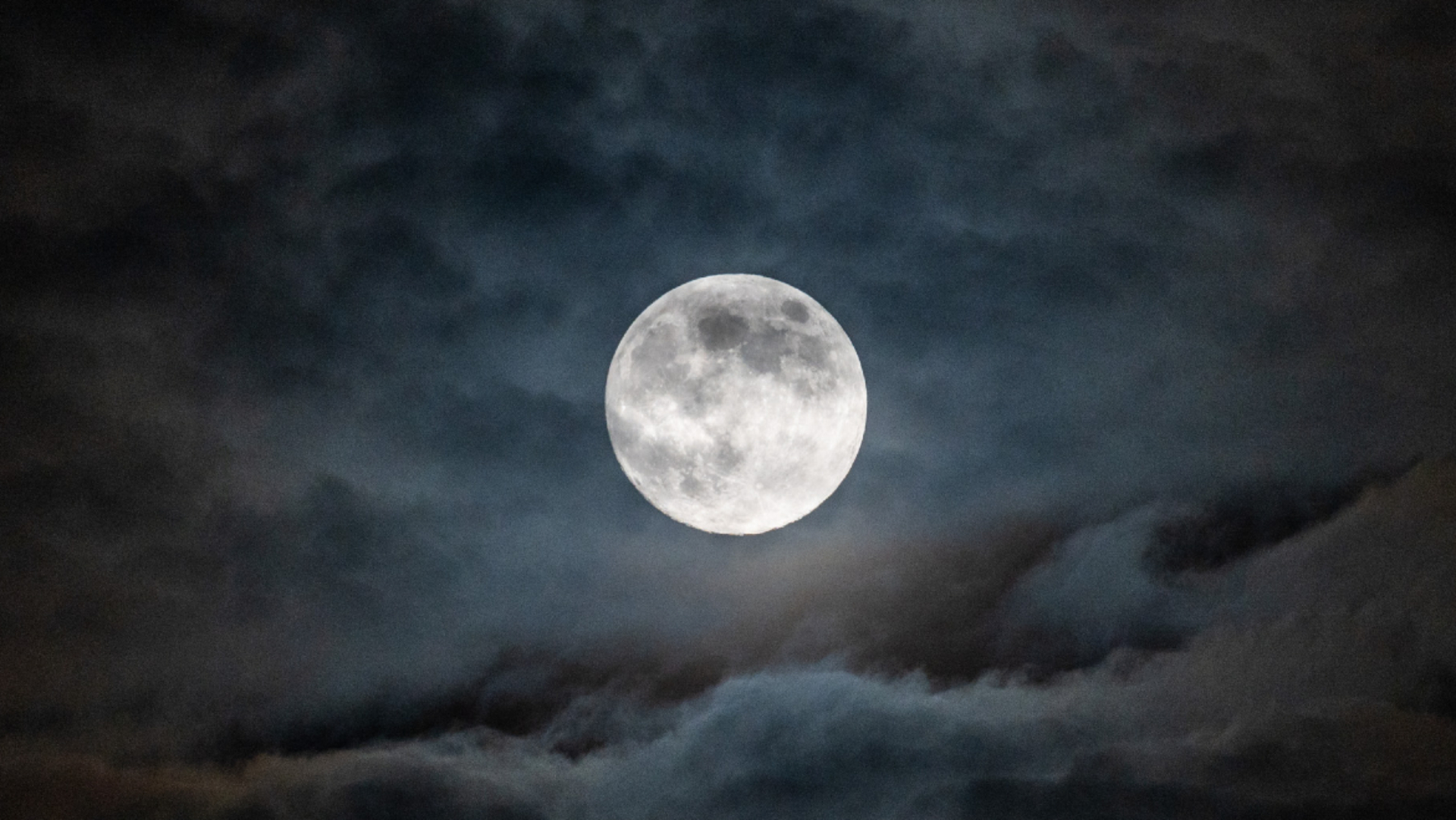Photos: Galaxy Images from NASA's GALEX Space Telescope
Planets Under a Red Sun
This artist's concept illustrates a young, red dwarf star surrounded by three planets. Such stars are dimmer and smaller than yellow stars like our sun, which makes them ideal targets for astronomers wishing to take images of planets outside our solar system, called exoplanets.
Ultraviolet Ring Around the Galaxies
Astronomers have found unexpected rings and arcs of ultraviolet light around a selection of galaxies, four of which are shown here as viewed by NASA's and the European Space Agency's Hubble Space Telescope. Observations from NASA's Galaxy Evolution Explorer (GALEX) picked out 30 elliptical and lens-shaped "early-type" galaxies with puzzlingly strong ultraviolet emissions but no signs of visible star formation.
Now You See a Tail, Now You Don't
NASA's Galaxy Evolution Explorer found a tail behind a galaxy called IC 3418. The star-studded tail can be seen on the left, as detected by the space telescope in ultraviolet light. The tail has escaped detection in visible light, as shown by the image on the right, taken by a visible-light telescope on the ground. This tail was created as the galaxy plunged into gas in a family of galaxies known as the Virgo cluster.
Adding up Stars in a Galaxy
This diagram illustrates the extent to which astronomers have been underestimating the proportion of small to big stars in certain galaxies. Data from NASA's Galaxy Evolution Explorer spacecraft and the Cerro Tololo Inter-American Observatory in Chile have shown that, in some cases, there can be as many as four times more small stars compared to large ones. This image was released Aug. 19, 2009.
A Lesson in Counting Stars
Galaxy Evolution Explorer spacecraft and the Cerro Tololo Inter-American Observatory in Chile. By combining the data, astronomers were able to learn that not all galaxies make stars of different sizes in the same quantities, as was previously assumed. In other words, the proportion of small to big stars can differ from galaxy to galaxy. This image was released Aug. 19, 2009.
Galactic Neighbor M 33
This image is a blend of the Galaxy Evolution Explorer's M33 image and another taken by NASA's Spitzer Space Telescope. M33, one of our closest galactic neighbors, is about 2.9 million light-years away in the constellation Triangulum, part of what's known as our Local Group of galaxies. This image was released April 28, 2009.
Region Around Planetary Nebula NGC 3242
This ultraviolet image from NASA's Galaxy Evolution Explorer shows NGC 3242, a planetary nebula frequently referred to as "Jupiter's Ghost." This image was released April 3, 2009.
Breaking space news, the latest updates on rocket launches, skywatching events and more!
A Cosmic Embrace
From 22 million light-years away, galaxy M106 extends two ultraviolet-bright spiral arms in this image from NASA's Galaxy Evolution Explorer. M106's extended arms are the blue filaments that curve around the edge of the galaxy, creating its outer disk. Tints of blue in the galaxy's arms reveal hot, young, massive stars. Meanwhile, traces of gold toward the center reveal an older stellar population and the presence of obscuring dust. This image was released April 28, 2008
Odd Structure of NGC 1291
This image from NASA's Galaxy Evolution Explorer shows the galaxy NGC 1291, located about 33 million light-years away in the constellation Eridanus. NGC 1291 is notable for its unusual inner bar and outer ring structure. The Galaxy Evolution Explorer data was taken in December 2003.
Big and Bright NGC 4569
This image from NASA's Galaxy Evolution Explorer shows the galaxy NGC 4569, located about four million light-years away in the constellation Virgo. It is one of the largest and brightest spiral galaxies found in the Virgo cluster of galaxies, the nearest major galaxy cluster to our Milky Way galaxy. The Galaxy Evolution Explorer data was taken in March 2004.

Tariq is the award-winning Editor-in-Chief of Space.com and joined the team in 2001. He covers human spaceflight, as well as skywatching and entertainment. He became Space.com's Editor-in-Chief in 2019. Before joining Space.com, Tariq was a staff reporter for The Los Angeles Times covering education and city beats in La Habra, Fullerton and Huntington Beach. He's a recipient of the 2022 Harry Kolcum Award for excellence in space reporting and the 2025 Space Pioneer Award from the National Space Society. He is an Eagle Scout and Space Camp alum with journalism degrees from the USC and NYU. You can find Tariq at Space.com and as the co-host to the This Week In Space podcast on the TWiT network. To see his latest project, you can follow Tariq on Twitter @tariqjmalik.










